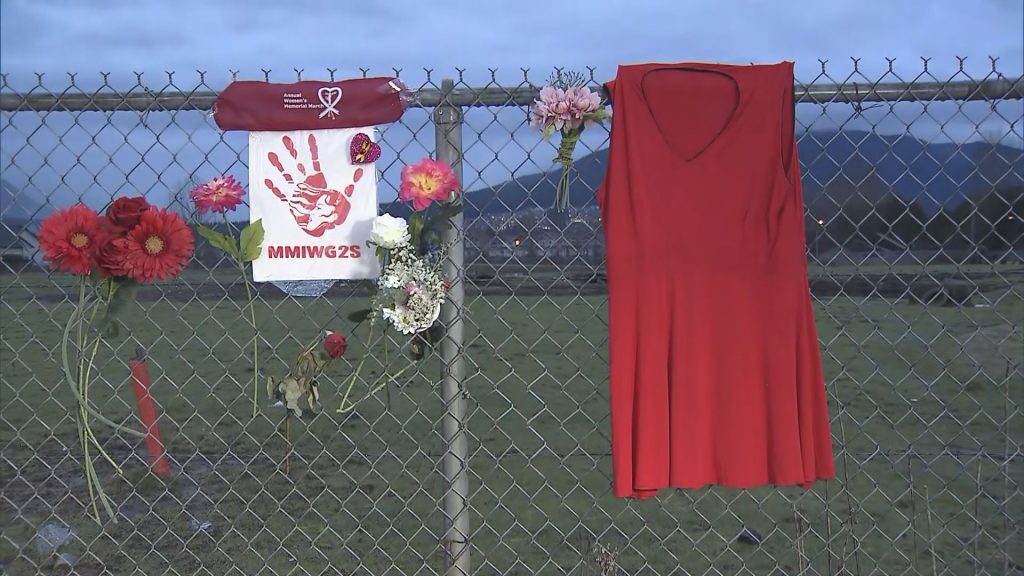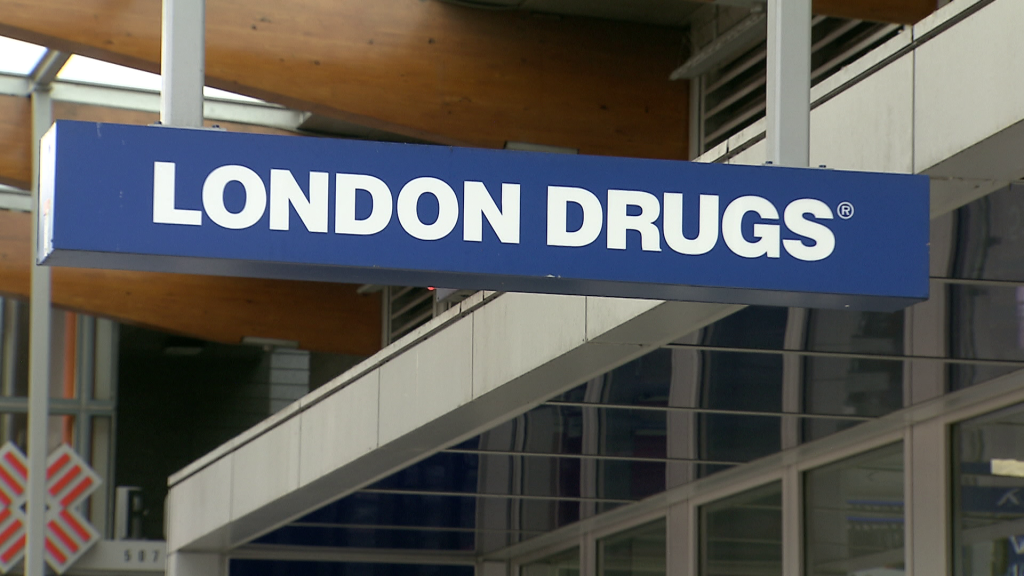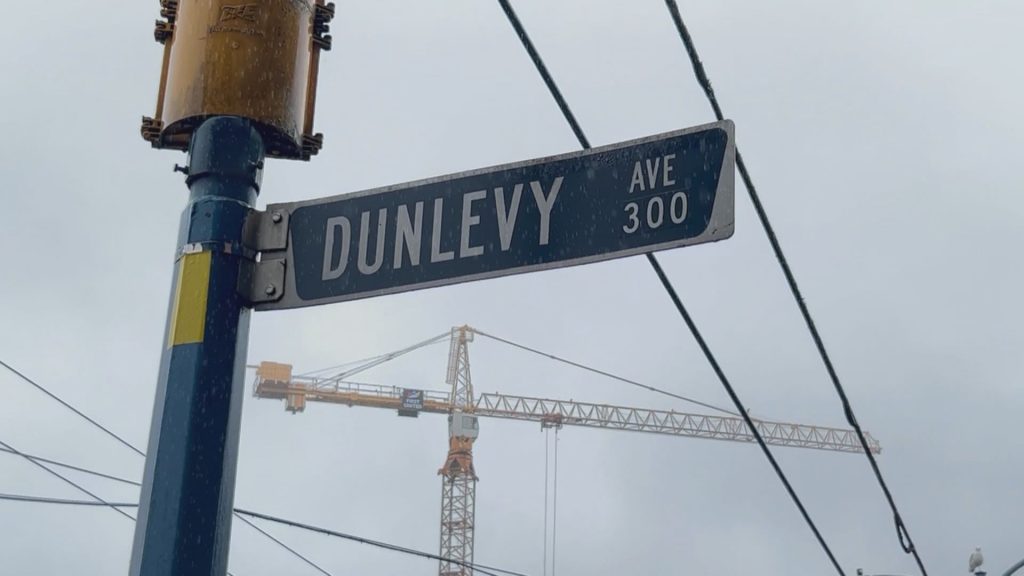MAP: Lower Mainland’s most dangerous intersections for pedestrians
Posted September 6, 2018 5:09 am.
Last Updated September 7, 2018 6:37 am.
This article is more than 5 years old.
LOWER MAINLAND (NEWS 1130) – With kids back in school and winter just around the corner, pedestrian safety is a top concern for many municipalities. But just how dangerous are some of the Lower Mainland’s intersections? NEWS 1130 crunched the numbers and looked at the most dangerous spots of 2017.
Data obtained by the newsroom from ICBC shows the corner of Main Street and Terminal Avenue in Vancouver was the most dangerous intersection last year, with a little more than one incident every two months.
Fifteen intersections across the Lower Mainland share second place on the list, scattered across Surrey, Delta, Burnaby, Coquitlam, and Vancouver. Each one saw five incidents involving pedestrians in 2017.
It was a similar situation with spot number three, where 22 intersections across different municipalities tied with four incidents throughout the year.
When you break it down by municipality, Vancouver had the most intersections with 20 spots. Seven of them were along Main Street. East 41st Avenue also saw a high number of dangerous intersections, with four spots along the road making the list.
Surrey took spot number two with eight dangerous intersections, followed by Burnaby with six.
“The key message to pedestrians and drivers is to follow the rules of the road,” said Lon LaClaire, director of transportation with the City of Vancouver. “It seems like an odd thing to say. But in fact, a lot of pedestrians are walking when the ‘don’t walk’ hand is flashing — they begin walking too late and a lot of vehicles are not yielding to pedestrians when it is required by law.”
RELATED: Does B.C. need more protections for pedestrians?
Another message? Don’t text and walk, said LaClaire, “A lot of pedestrians think that it’s somehow okay for them to be on their cellphone, texting while they’re walking. It’s very similar to the danger that you’re exposed to when you’re driving and trying to text.”
As part of Vancouver’s strategy to bring down pedestrian incidents, the city lowered the speed limit in a section of the Downtown Eastside to 30 km/h a few years ago. But when asked if the city would do the same for other sports, LaClaire said it’s not that simple.
“What we look at is ‘what are the factors that are causing that collision?’ For example, Burrard and Davie is a case where we see high pedestrian collisions. At that location, the main contributing factor is left turns. So the type of solution there… a speed limit change wouldn’t really make a difference,” he said.
WATCH: Crosswalks giving pedestrians false sense of security
Looking at left turns is sometimes the best course of action, LaClaire said, noting adding left-turn signals so cars can turn without pedestrians has yielded great results at some intersections.
“Another method is just lighting itself. Sometimes the locations are just poorly lit, so us going in to adjust the light levels so that pedestrians are more visible to motorists when they’re making their moves,” LaClaire added.
RELATED: What happens when you reduce the city speed limit to 30km/h… or even lower?
He said the city is aware of all of the dangerous intersections. The city has also partnered with UBC and will be hosting a ‘hackathon’ on pedestrian and cyclist safety.
The two-day event will begin Friday. The city will turn over the data it has on pedestrian collisions and injuries, in the hopes people from different industry sectors can help them lower the number of incidents.
RELATED: Making eye contact can save a pedestrian’s life
“Typically data scientists, planners, health care professionals, engineers, students, mathematicians, communications people, [and] education people get together,” LaClaire said.
The extent of the injuries from the crashes reported is unknown, based on the data.










